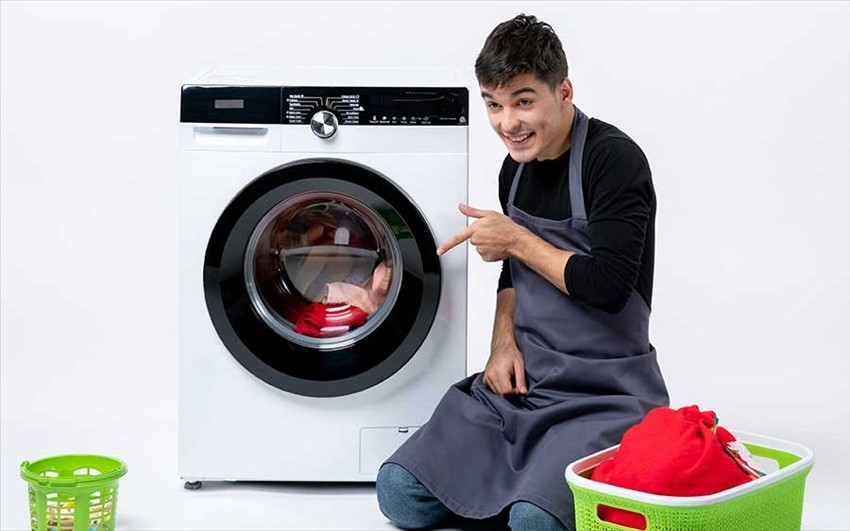
Smooth Washing Machine Installation
1. Choosing the Location
-
Place the machine on a flat, solid surface.
-
Keep it away from direct sunlight, extreme heat, or cold.
-
Leave some space around it for ventilation and hose connections (especially at the back).
2. Removing Transit Bolts
-
New washing machines come with shipping bolts to secure the drum during transport.
-
Follow the manual to remove these bolts and keep them (you’ll need them if you move the machine later).
-
If not removed, the machine will be noisy and may get damaged.
3. Connecting the Water Inlet Hose
-
Attach the hose to the machine securely.
-
Place the rubber washers in the faucet connection.
-
After connecting, turn on the tap and check for leaks.
4. Setting Up the Drain Hose
-
Insert the drain hose into a sink, standpipe, or drain.
-
The hose end should be at least 60 cm and no higher than 100 cm above the floor.
-
Make sure it’s not kinked or twisted.
5. Electrical Connection
-
Plug the machine into a grounded outlet.
-
Avoid using extension cords.
-
Ensure your electrical system is safe and stable.
6. Leveling the Machine
-
Adjust the four legs of the washing machine until it is level.
-
If not leveled properly, it may vibrate or “walk” during operation.
7. First Run (Empty Wash Cycle)
-
Run the machine once without laundry and without detergent.
-
This removes dust, residues, and factory debris.
? Summary:
Flat surface + correct hose connections + proper power supply + first empty cycle = a smooth and problem-free installation.
Flat surface + correct hose connections + proper power supply + first empty cycle = a smooth and problem-free installation.
Image related to the article

